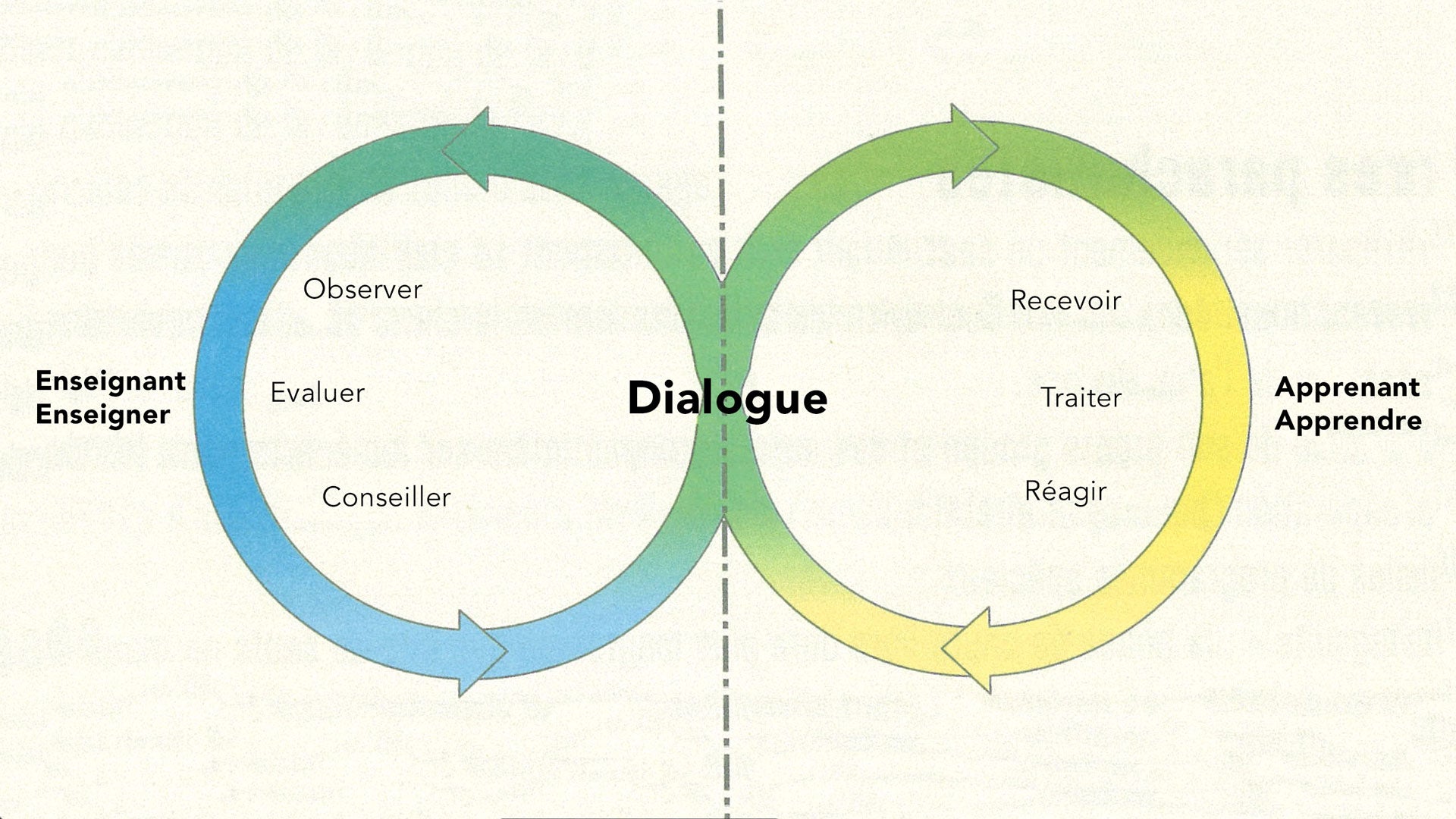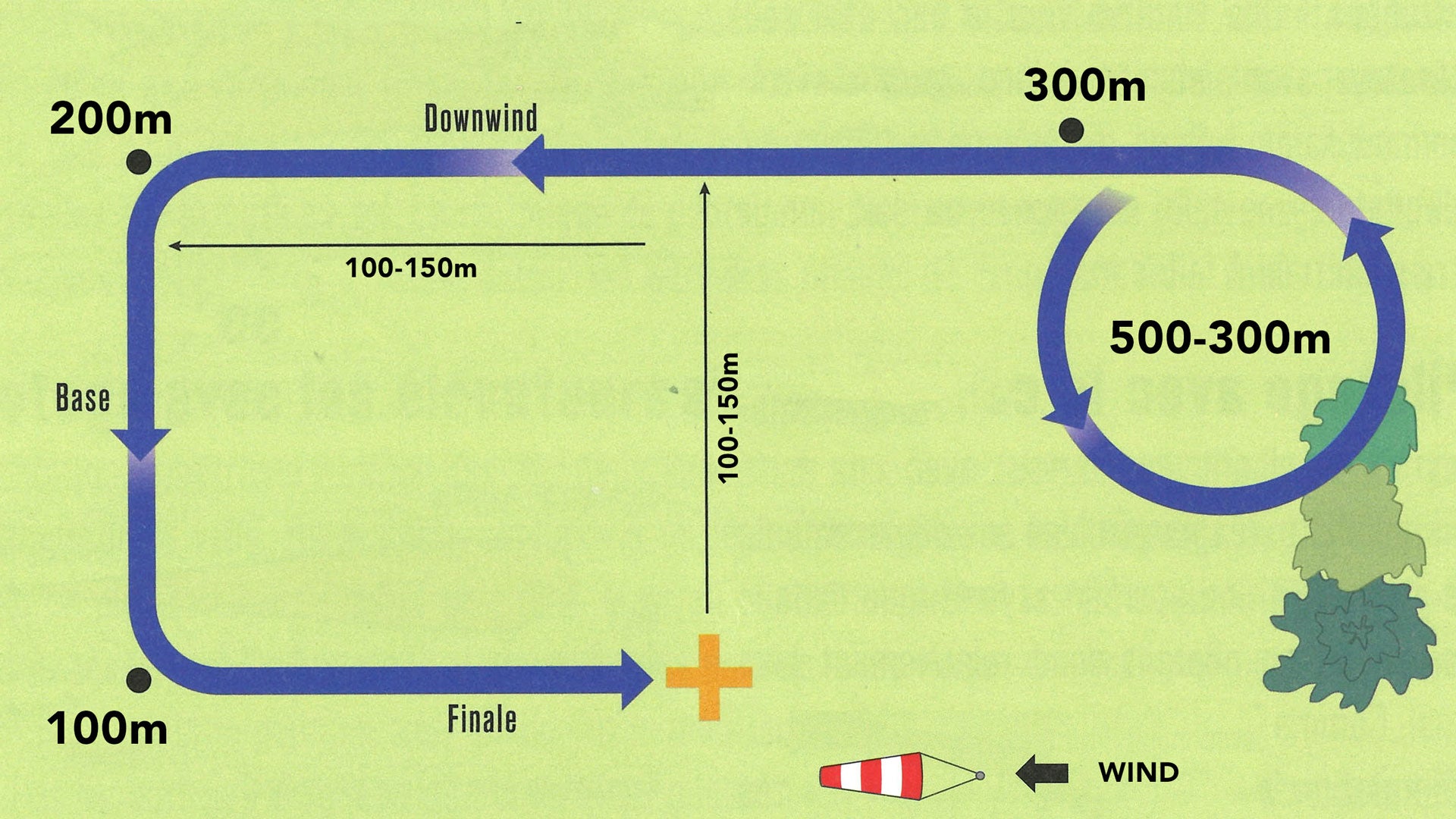
Briefing and Debriefing
How to assimilate and progress as much as possible during a jump?
Whether it is a briefing or debriefing, the principle is the same: you must communicate in order to learn as much as possible about the progress of the jump. This dialogue must allow any actor to express themselves (desires, questions, comments, etc.), but also to assimilate the sequence of the jump in order to then be able to process this information during the action itself and finally analyze the jump performed when returning to the ground.
Whether it is a briefing or debriefing, the principle is the same, you need a dialogue that allows you to learn as much as possible. This dialogue must allow any actor to be able to express but also to assimilate what is said. You then have to be able to process it and get reactions from it.
Often it is an external person, who in most cases has more experience, who will play the role of teacher and must first observe what is happening. This will allow him to assess the situation and ultimately advise the other party. It is also possible that the person who plays the role of teacher is also the learner.
Again, it is important that both parties communicate clearly to allow for full understanding. Here it is essential to be certain of coherence and intelligibility to avoid disagreement during the parachute jump where it would be almost impossible to correct a mistake made. For example, in a group of 4 jumpers, with 2 French speakers and 2 Swiss-German, comprehension errors due to the language are often a source of problem.
Briefing
Often during a briefing the first thing that comes to mind is the sequence of the jump. However, there are several other aspects that should not be forgotten.
First, it is important to set the jump altitude. In most cases the jump will be at 4000 meters, but it may happen that for various reasons the jump is lower. This is important information to know, because it will determine whether the imagined jump is possible to execute in the planned time frame.
In order for all parachutists to have a good exit from the plane and to be able to jump, it is essential that each of them takes a specific place in the plane. Indeed, if a parachutist is seated in the wrong place, it is possible that, in the worst case scenario, he will not even be able to position himself at the door of the plane.
The most experienced skydivers will always give the start. You have to keep in mind that exiting the plane is 90% of the jump. It is clear that if a whole team jumps together and when they exit the plane they all fall apart, and it takes them 40 seconds to reassemble, the jump is already almost over. A good exit is essential for a successful jump!
The axis of work must also be defined to prevent the whole group from losing orientation and in a second case, separating correctly.
At the end of a tuck jump, separation is a very important aspect! As safety is the watchword in the world of skydiving, it must be a point of honor. The separation altitude must be adapted according to the size of the group: the more people there are, the higher the separation altitude will be, so that all the parachutists are sufficiently far away from each other. The direction taken must not be in the release axis. This is to avoid a collision with the group that jumped before or after. The opening altitude must also be discussed so that all jumpers are on the same page. But the jumping doesn't stop there! We must also discuss the staggering under canopy to allow a landing turn in the best possible conditions. Not all skydivers have the same wing loading, so will not descend at the same speed.
Debriefing
During the debriefing, the same points as during the briefing will be discussed, but from a different perspective. The different people will analyze what happened during the jump, with the aim of providing constructive criticism and improving.
A cycle
Once the debriefing is complete, the cycle resumes. It is with this rigor that progression and learning of a sport occurs most quickly while maintaining the greatest safety and maximum pleasure.



Leave a comment
This site is protected by hCaptcha and the hCaptcha Privacy Policy and Terms of Service apply.